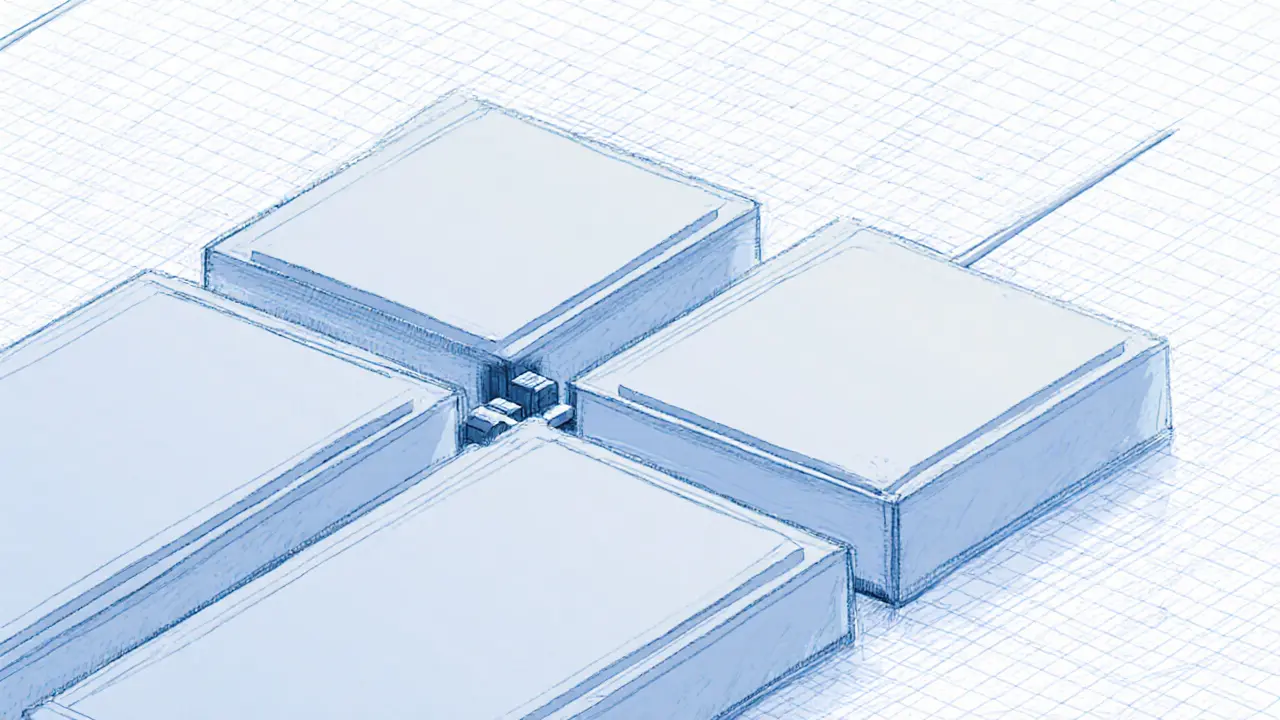Sharding in Blockchain: Scaling Crypto Transactions
When working with sharding in blockchain, a method that splits a ledger into smaller, parallel pieces called shards to boost throughput. Also known as blockchain sharding, it lets nodes handle only a fraction of the data, which reduces latency and cuts costs. This approach enables parallel transaction processing and improves network scalability, addressing the same bottleneck that layer‑2 solutions aim to solve.
Key Concepts Linked to Sharding
One of the biggest ecosystems adopting sharding is Ethereum, the smart‑contract platform planning a multi‑phase upgrade to incorporate shard chains. Often referred to as Ethereum 2.0, its roadmap mixes sharding with proof‑of‑stake to spread the load across many validators. Another related idea is layer‑2 scaling, techniques like rollups or sidechains that sit on top of a base chain to process transactions off‑chain before finalizing them. While layer‑2s bundle many transactions into a single proof, sharding distributes those proofs across separate chains, so the two methods complement each other.
Understanding consensus is also crucial. Byzantine Fault Tolerance, a fault‑tolerant algorithm that lets a network reach agreement even when some nodes act maliciously, influences how shards stay consistent with one another. When a shard proposes a block, BFT mechanisms help ensure that the block is valid across the whole network, preventing double‑spending across shards. Combining BFT with sharding creates a resilient architecture where each shard can operate independently yet still respect the global ledger state. Below you’ll find a mix of deep dives, practical guides, and real‑world examples that show how these pieces fit together and what they mean for developers, investors, and everyday users.

Blockchain Sharding Explained: How Sharding Scales Crypto Networks
Learn what blockchain sharding is, how it works, its benefits, challenges, and real‑world examples like Ethereum, Cardano, NEAR, and Polkadot.
